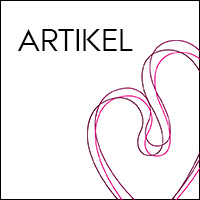Effective language and literacy instruction: Evaluating the importance of scripting and group size components
by Dorthe Bleses, Anders Højen, Philip S. Dale, Laura M. Justice et al.

Abstract
Identification of intervention program components most strongly associated with children’s outcomes is essential for designing programs that can be taken to scale. In this effectiveness study, a population-representative sample of 5436 3–6-year-old Danish children from 154 daycare centers participated in a cluster-randomized evaluation of three variations of a language-literacy focused curriculum (LEAP) comprising 40 twice-weekly 30-min lessons. LEAP-LARGE and LEAP-SMALL conditions involved educators’ implementation of a scope and sequence of objectives using scripted lessons provided to whole-class and small groups, respectively. In LEAP-OPEN, educators followed the scope and sequence but were allowed to determine the instructional activities for each of 40 lessons (i.e., they received no scripted lessons). A business-as-usual (BAU) condition served as the control. Overall, the largest effect sizes for children’s language and emergent literacy outcomes were found for LEAP-OPEN, although the other two LEAP conditions had positive effects for literacy outcomes. Analysis of moderation effects showed no moderation effects for children’s socioeconomic status or for non-Danish children. Finally, there was a significant association between children’s amount of exposure to the program and both language and literacy outcomes, with higher exposure associated with better outcomes: specifically, non-Danish children benefitted more than native Danish children from higher exposure for language outcomes. This study indicated that an essential component in language and emerging literacy intervention at scale is an explicit sequence and scope of learning objectives, whereas group-size and provision of scripted lessons may be less important.